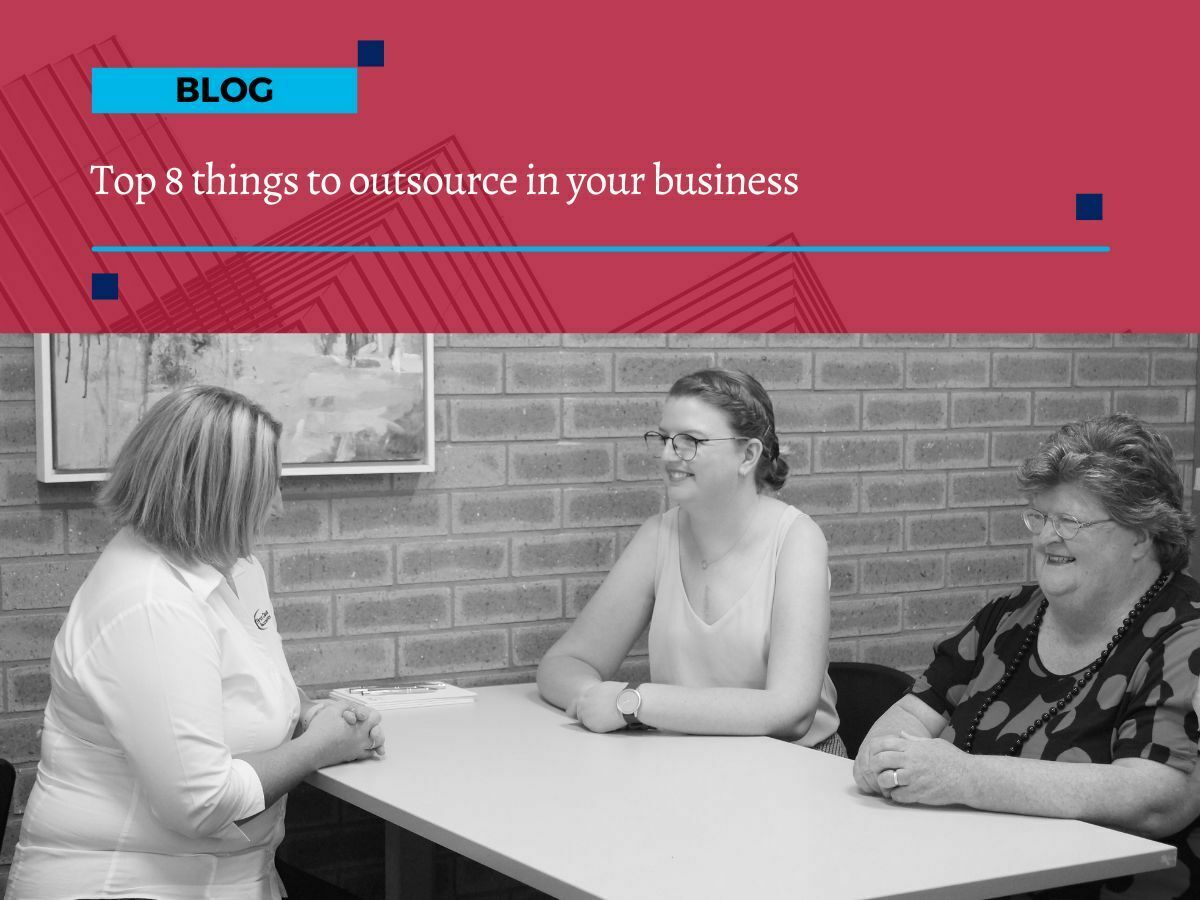
Supercharge your business
Supercharge Your Business: Proven Strategies for Success
Maintaining momentum and driving growth can be challenging. However, with the right strategies in place, you can supercharge your business and achieve remarkable results.
Here are ten practical tips to help you navigate each business quarter with purpose, vision, and the courage to elevate your business to new heights.
1. Use Technology
Embrace technology to streamline administrative tasks, enhance communication, and improve reporting and accountability. Utilise the best apps to reduce paperwork and automate processes where possible.
Research and implement software solutions that cater to your specific business needs, such as project management tools, CRM systems, and accounting software. Stay updated with technological advancements and continually seek ways to integrate them into your operations.
At First Class Accounts Ovens & Murray and Busy01 Consulting, we can help your business by integrating the most effective apps tailored to your needs.
2. Eliminate Distractions
Time is the most precious resource for any business. Many owners find themselves bogged down by distractions and focusing on non-essential tasks. To combat this, be decisive. Reduce standard meeting times, cut down on unnecessary administrative tasks, and delegate whenever possible. By doing so, you'll create more time to focus on what truly matters.
Implementing productivity tools like time-tracking apps can help you identify and eliminate time-wasting activities. Additionally, consider setting specific times for checking emails and notifications to avoid constant interruptions. Creating a daily or weekly priority list can also keep you on track and ensure that you're focusing on high-impact tasks.
3. Say Goodbye to Bad Customers
Some customers may drain your resources without providing significant value in return. If feasible, identify and phase out ten time-wasters, late payers, or troublesome clients. This will not only relieve stress but also allow you to allocate your resources more effectively.
Conduct a customer analysis to identify which clients are profitable and which ones are not. Use metrics such as customer lifetime value (CLV) and customer acquisition cost (CAC) to make informed decisions. By focusing on high-value customers, you can improve your overall profitability and customer satisfaction.
4. Invest More
With the time and mental space gained from the first two steps, allocate resources—time, key personnel, and money—toward strategic initiatives. Passionately redeploy these resources to drive significant improvements in your business.
Consider investing in employee training and development programs to enhance their skills and productivity. Explore opportunities for upgrading your equipment or expanding your product line to meet market demands. These investments can lead to long-term growth and a competitive edge.
5. Get a Plan
Operating without a plan is like embarking on a journey without a map. Develop a robust planning process, create a comprehensive business plan, and ensure its execution.
Include measurable goals and timelines in your plan to track progress effectively. Regularly review and adjust your plan based on market changes and business performance. Incorporate contingency plans to address potential risks and uncertainties.
6. Reconfigure
Don’t let unmotivated or incompatible employees hold you back. If someone isn't a good fit, consider parting ways to free up their future and make room for someone who aligns better with your business goals.
Implement regular performance reviews and provide constructive feedback to help employees improve. Offer opportunities for skill development and career advancement to retain top talent. A positive and motivated team can significantly impact your business success.
7. Value Add
Avoid stagnation by focusing on activities that add value. Aim to make a meaningful impact through your work, ensuring that it brings real value and significance to your clients.
Engage with your customers to understand their needs and preferences. Develop new products or services that address their pain points and exceed their expectations. Consistently delivering value can lead to increased customer loyalty and referrals.
8. Be Different
Stand out from the competition by positioning yourself as unique. Attract ambitious, growing, and engaged clients and employees by breaking the mould.
Identify your unique selling propositions (USPs) and highlight them in your marketing efforts. Foster a culture of innovation and encourage your team to think creatively. Differentiate yourself through exceptional customer service and a strong brand identity.
9. Deploy Marketing
Develop a straightforward marketing plan to enhance your reach and market penetration. Dedicate a percentage of your revenue to marketing efforts and ensure online engagement is a core component.
Leverage digital marketing strategies such as SEO, social media marketing, and email campaigns to reach a broader audience. Monitor and analyse your marketing performance to identify areas for improvement and maximise your return on investment.
10. Ask for Referrals
Actively seek out referral relationships to attract high-quality customers. Networking and word-of-mouth can be powerful tools in driving business growth.
Establish a referral program that rewards customers for referring new clients. Build strong relationships with complementary businesses and explore partnership opportunities. Regularly request feedback from your clients to ensure their satisfaction and encourage referrals.
Supercharge your business
By implementing these ten tips, you can supercharge your business and achieve sustainable growth. Stay focused, be proactive, and continuously seek ways to improve and innovate.
Ready to take your business to the next level?
At First Class Accounts Ovens & Murray, we provide tailored bookkeeping, payroll and advisory services to help you implement these strategies effectively. Contact us today to learn how we can support your journey to success and supercharge your business!








